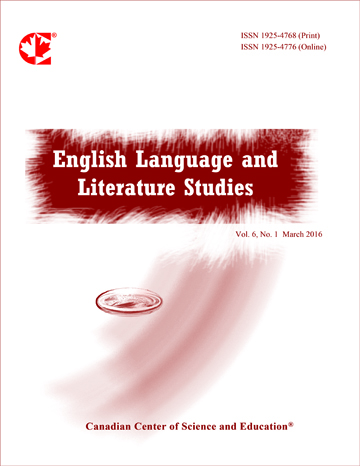Emotional Sound Symbolism and the Volta in Shakespearean and Petrarchan Sonnets
- Cynthia Whissell
Abstract
Sonnets written in the Shakespearean or Petrarchan form are both assumed to present and then answer a problem, but they do so in different ways. The two forms have different rhyming schemes. The volta or turn is predicted to occur between lines 12 and 13 in the first and lines 8 and 9 in the second form. It is argued that sound in poetry is emotionally communicative (symbolic), especially when the predominance of Harsh (e.g., t, r) over Gentle (e.g., l, m) sounds is considered. An analysis of the sounds (phonemes) in various exemplars of the two forms (N=285 sonnets) was undertaken. Shakespeare’s sonnets represented his form and those of a variety of authors represented the Petrarchan form. Predominant Harshness was the dependent variable in a design which compared line and form. There were significant effects associated with line, form, and their interaction (p<.05). Shakespeare’s sonnets, had a lower predominant Harshness than the Petrarchan sonnets. Both Shakespearean and Petrarchan sonnets exhibited a major drop in predominant Harshness (a volta) between lines 8 and 9. Both began on a gentle note, increased in predominant Harshness as problems were being expounded, and returned to a gentler note for their endings. Only Shakespearean sonnets had a spike in harshness in the third quatrain, suggesting that the author was still unfolding problems rather than resolving them there.
- Full Text:
 PDF
PDF
- DOI:10.5539/ells.v8n1p1
